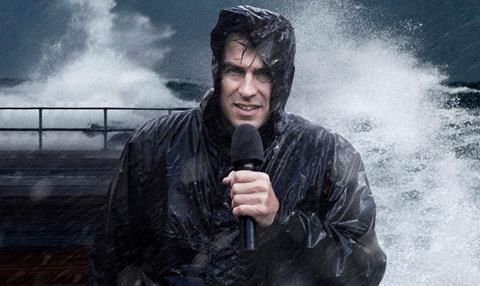NAB 2015: DPA unveils d:facto Interview microphone and d:fine In-Ear broadcast headset mic.

DPA claimed the d:facto Interview reporter’s mic is perfect for outdoor or studio interview settings. The d:fine In-Ear is targeted at broadcast hosts and guests who use in-ear monitors to communicate with their producers backstage or to hear foldback from people interviewed outside the studio
The d:facto Interview features an omnidirectional 2006V capsule, based on DPA’s original 2006, but with sensitivity adjusted down 12dB to accommodate typical interview mic and wireless handle sensitivities.
The company said this omnidirectional pattern is preferred for handheld interview use because precision is less critical and native reductions in wind and handling noise, which is further lowered in the mic by a rubber suspension mount built into the d:facto head.
When paired with the recently-launched d:fine In-Ear broadcast headset microphone, the d:facto Interview microphone can be used in the studio by a show host for guest interviews and audience commentary, while maintaining a connection to backstage producers or off-site colleagues via the d:fine’s in-ear monitor and mic. DPA said the d:facto Interview is also ideal for solo use for on-the-street interviews in ENG applications.

The d:fine In-Ear model incorporates two cables for microphone and in-ear, that run parallel to provide a neat and clean look.
Ear pads in two different sizes are also included and care has been taken to ensure that there is no audio leakage between the in-ear drivers and the microphone capsule, which can be either omnidirectional or directional.
A steel spring construction at the ear hook offers quick mounting for any ear size, while the cable to the integrated in-ear plugs can be lengthened or shortened to suit the user. It is easy to adjust headset mount size and, by choosing between left and right ear orientation, it is even possible to give the broadcast host a ‘camera blind’ side.


























No comments yet